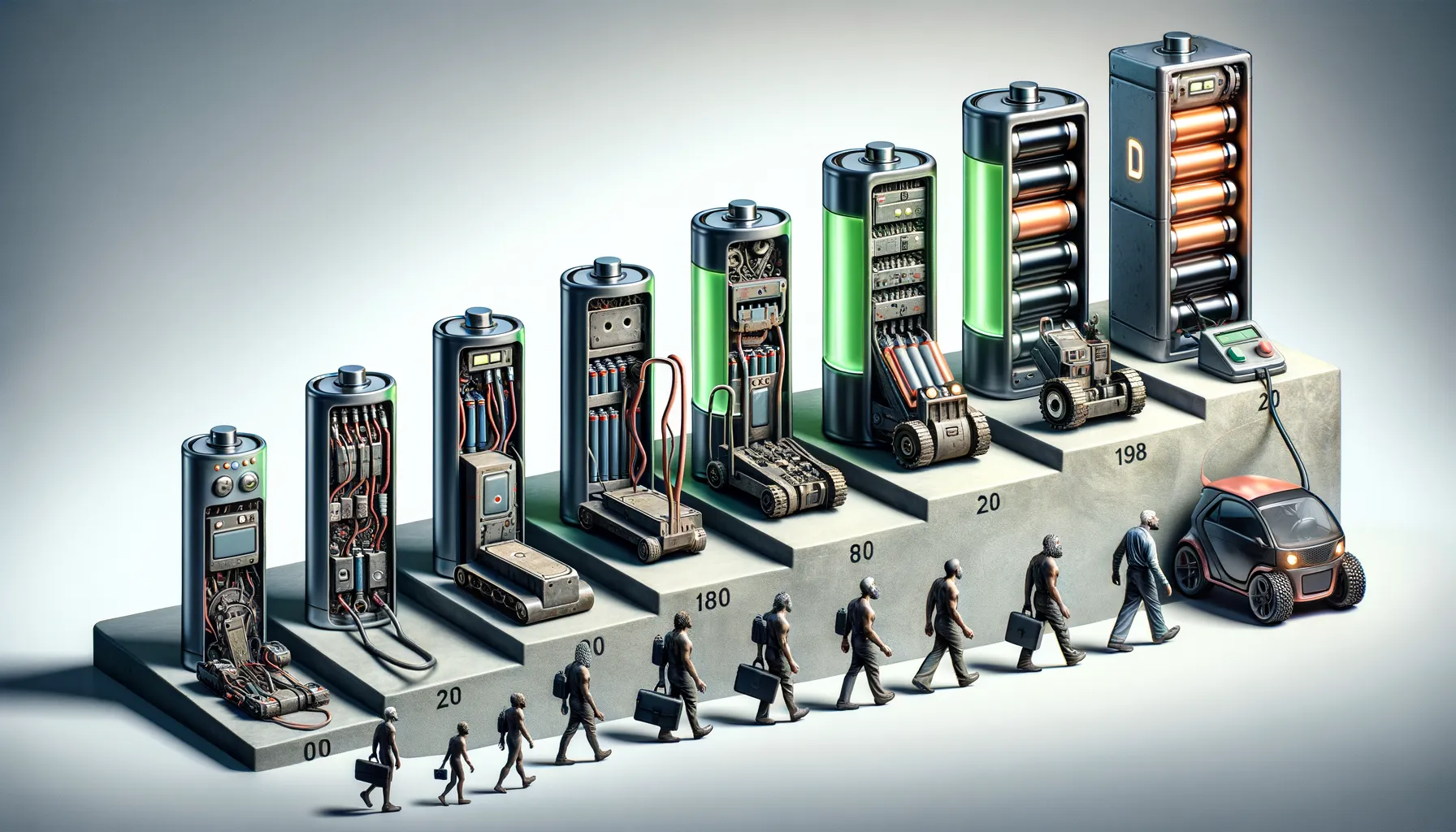Key Benefits of Battery-Swapping for Urban E-Bike Users
Convenience at Your Fingertips
Imagine breezing through the city, knowing you’ll never have to wait hours for your e-bike battery to charge. With battery-swapping stations, that dream is your reality. Instead of plugging in and waiting (maybe impatiently), you simply swap out your drained battery for a fully charged one—no downtime, no detours. It’s as simple as exchanging a library book, but with far more life-changing potential.
For urban commuters juggling packed schedules, this means:
- Speed: Most swaps take less than two minutes. Yes, faster than grabbing your morning coffee.
- Flexibility: No need to hunt for obscure charging outlets or return home mid-ride. Swap stations are popping up in strategic urban locations.
- Reliability: Swapped batteries are professionally maintained, giving you peace of mind about their performance.
Freedom to Explore
Picture this: it’s a sunny Saturday, and you’re venturing across town to meet friends at a new park. Instead of nervously watching your battery percentage drop below 30%, you swing by a nearby station, swap in a fresh battery, and continue your journey with confidence.
For cyclists who love spontaneity, battery-swapping opens doors. Detours, long-haul exploration, and errands all become effortless. And let’s not forget how it levels the playing field for apartment dwellers without access to private charging setups—finally, they can enjoy the same freedom as riders with garages.
More time riding, less time worrying. Isn’t that what urban e-bike life should be?
Challenges and Limitations of Battery-Swapping Stations

Unexpected Hurdles E-Bike Riders Face with Swapping Stations
Imagine this: you’re zipping through the bustling city streets on your trusty e-bike. You’re low on charge but feeling smug—after all, there’s a battery-swapping station just around the corner! Yet, when you arrive, you realize the station is temporarily out of batteries. Frustrating? Absolutely.
Battery-swapping stations, though convenient, aren’t without their quirks. One major issue is *availability*. If a station isn’t restocked regularly, riders may find themselves stranded or waiting far longer than anticipated. In fast-paced urban life, every minute can feel like an hour.
There’s also the question of compatibility. Not all e-bike brands adhere to universal battery standards, leaving some riders unable to participate in these systems. It’s like arriving at a buffet only to find out you’re allergic to half the options.
- Maintenance woes: Wear-and-tear on batteries means constant upkeep, leading to potential hiccups in service.
- Initial costs: Installing and running these stations can be pricey, which may delay their spread across cities.
And then there’s the human factor—what if someone forgets to properly secure their swapped battery? Chaos could ensue!
Technological Innovations in Battery-Swapping Systems

Revolutionizing Convenience with Smart Tech
Imagine this: you’re running late for work, and your e-bike’s battery is flashing red. Instead of waiting hours for a recharge, you roll up to a sleek battery-swapping station, tap your phone, and within moments, you’re back on the road with a fully charged battery. This isn’t science fiction—it’s the magic of today’s cutting-edge swapping systems.
Thanks to advancements like AI-driven inventory management, these stations predict demand patterns and always have fresh batteries ready to go. RFID technology ensures the entire exchange process feels seamless. Worried about compatibility? Swapping systems now integrate with multiple brands, breaking barriers between manufacturers and putting control in the hands of riders.
- Modular designs allow stations to grow as city needs evolve.
- Cloud-connected platforms send real-time updates, so you’ll know exactly where to find the nearest swap station.
Batteries That Feel Almost Human
The innovation doesn’t stop at infrastructure—batteries themselves are getting smarter. Picture sensors that monitor their own health, automatically flagging issues before they become problems, or future-ready designs built to recycle materials like cobalt and lithium straight at the station. This tech not only fuels your ride but gives urban commuting a splash of brilliance that feels… alive.
Sustainability Impact of Battery-Swapping Infrastructure

The Green Ripple Effect of Swappable Batteries
Picture this: an urban jungle where e-bikes zip past congestion, powered by clean, shareable energy. Battery-swapping stations aren’t just about convenience—they’re quiet climate warriors. By extending the life cycle of batteries through collective use, they reduce the need for new raw materials like lithium and cobalt. These aren’t infinite resources, and mining them leaves deep scars on our planet. But with shared infrastructure, we step closer to a future with fewer extraction wounds.
Here’s where it gets real: battery-swapping systems are a powerful ally against waste. Old batteries often end up abandoned—or worse, leaking toxins into the soil. Swapping hubs make maintenance centralized and recycling systematic. They ensure every battery lives its fullest life before being responsibly retired.
- Fewer disposable batteries clogging up landfills.
- Lower carbon emissions from production and transportation.
- Streamlined recycling processes with scalable impact.
It’s a chain reaction of change, born out of something as simple as swapping a square of technology. And the magic? It scales—one e-bike ride at a time, one shared battery at a time.
Future Prospects and Recommendations for Implementation

Revolutionizing Urban Mobility for the Future
Picture this: urban streets teeming with cyclists cruising effortlessly on their e-bikes, never worrying about running low on battery. That’s the vision battery-swapping stations could make a reality. The potential is electrifying—pun intended. These stations can spearhead a smarter, greener, and more efficient way to travel in cities.
To achieve this, we must think strategically and boldly step into the future. Imagine a city where battery-swapping kiosks dot every other street corner, nestled next to your favorite coffee shop or local grocery. This isn’t science fiction—it’s an attainable goal. But implementation needs finesse.
- Collaboration between private companies, bike-share programs, and municipalities to ensure widespread deployment.
- Flexible payment models, such as subscription plans or pay-as-you-go systems, to make swapping accessible for all budgets.
- Location mapping that prioritizes convenience—think transit hubs, busy commuting routes, and residential areas.
Smart Steps Toward Adoption
While technology is the engine, community buy-in is the fuel. Urban commuters should feel invested in this transformation. Picture app-based notifications alerting you to the nearest available charged battery or real-time feedback from users shaping the system to fit their lives. Listening and adapting will set this initiative apart.
The key? Actionable partnerships and a bold push for change. Anything less? Just static on the urban airwaves.



